How Wood Grain Patterns Make a Big Difference in Custom Furniture

When sitting down to design a collection or an individual piece of furniture, there are a few questions that run through our mind:
What can we do to make this piece of furniture stunning? How do we elicit an emotional response when people see or touch our furniture? How can we take an everyday item and turn it into a piece of art for our clients.
Now you may think that these are silly questions to ask and that we are over thinking things. Maybe, but here’s something to consider…Do you remember the bed you slept in as a child? How about what your living room looked like, or even the first dining table you bought after college? We remember these because we spend such a huge amount of time with our furniture. We experience significant life events on or around our furniture. Cars are traded in far before we decide to purchase a new dining table. It is because of this that we consider it a high privilege to create something you will spend so much time around. We want you to be enthused with the aesthetics and functionality of furniture you purchase.
So what gives people the warm and fuzzies?
By our very scientific process of measuring “ooooos and ahhhhs” when people see something we create, it seems that natural wood grain are one of the biggest contributors to people really loving a piece of furniture. That is not to say we don’t love using metals, paints, or other elements to make a piece stand out. But there seems to be some sort of deeper emotional connection to wood over metal or paint. Maybe it has something to do with our history with wood and trees, that it was the fuel that kept us alive when fire was our first tool? Or maybe because it feels familiar as it has been used for much longer in furniture construction than metals and paints? Whatever the reason, well thought out and constructed wood pieces seem to render a certain warmth and timelessness that just cannot be emulated by other materials.
Let us give you an example.
We recently had a design partner approach us to build a simple rectangle headboard. They loved walnut wood and wanted a clean design. But we kept thinking, what a great canvas to display the beautiful grain pattern of walnut wood on! How can we help work with what nature has given us and arrange it in such a way that it will feel both artistic and natural? We came up with an idea, asked for some creative leeway and promised they would love it. Fortunately they agreed.
We decided that the best way to do this was to create a quad matched grain pattern and then repeat it 3 separate times. Yes, we know that if you are not a custom furniture builder we probably just lost you. So come on back…here’s the finished result of what I just described:
Arranging wood grain is complicated and time consuming
Instead of this headboard taking 7 or 8 large pieces of wood, we used 42 smaller pieces to come up with this pattern. Instead of it taking about 7 to 8 hours to build, it took over 50. And instead of being a build that many woodworkers could do, it quickly turned into something that took a large amount of innovation, skill and patience to create this piece of custom furniture. To try and show some of what is involved…we made a 60 second compressed YouTube video so you can visualize a small part of the building process:
All this time and effort was worth it because it is what makes this headboard special and created that emotional response we strive for. Pictures honestly do not do this justice! The client and designer were absolutely thrilled with the final result.
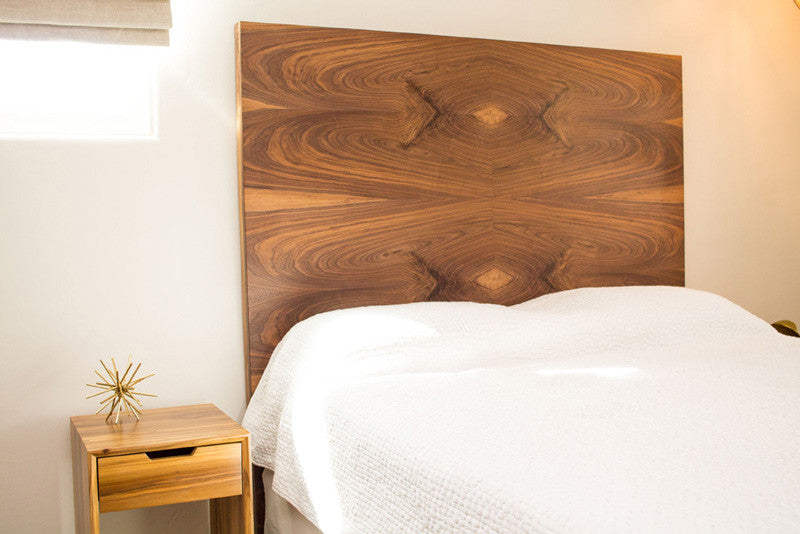
Big flat surfaces of desks, table tops, media consoles, credenzas, etc. all present great opportunities to show off wood grain.
A great example of this is our Hendrix Console (Featured above in the main image) made of ebonized walnut and golden cherry wood. Here, we took one large thick piece of wood for the doors, cut it into many pieces and created a uniform pattern so that each door is a mirror image of one another. This technique is called “bookmatching”. For the drawers, we wanted to add some visual interest toward the center of the piece with a distinctive grain pattern. We choose a different log and milled it to create a new repeating pattern down the center the three drawers as shown below:

Another opportunity as a custom furniture builder is to create an eye catching effect are transitions of wood grain from surface to surface. Rather than stopping the flow of the grain pattern with a rougher transition called a “butt” joint, we prefer the more elegant and visually pleasing “miter” or “waterfall” edge (pictured below) whenever it makes sense.
It cannot be stressed enough that these techniques take more time, labor cost, planning, and skill.
This is one of the many reasons this type of construction is never seen in mass produced furniture.
So why do we do we take all this extra time and energy arranging wood grain? Everything here that we have mentioned doesn’t provide any additional structural integrity…I know, I know, it would have sounded so much better to say that it does. And we are not delusional. We know that many people may not immediately or even ever specifically recognize the hard work and effort that goes into arranging patterns on doors, drawers, tables, desks etc. But even if they don’t know exactly why, when that extra time and effort is taken, instead of furniture being a utility, people start to experience it as a piece of art that they use, enjoy, cherish and will pass on.
If you are interested in having us build you a piece of furniture...
From any of our collections, modifying those pieces for your space, or just starting from scratch with your own unique piece of custom furniture, please reach out and we would be happy to start the conversation. Thank you for considering Open Door Furniture!
Leave a comment
Comments will be approved before showing up.
Also in The Open Door Blog
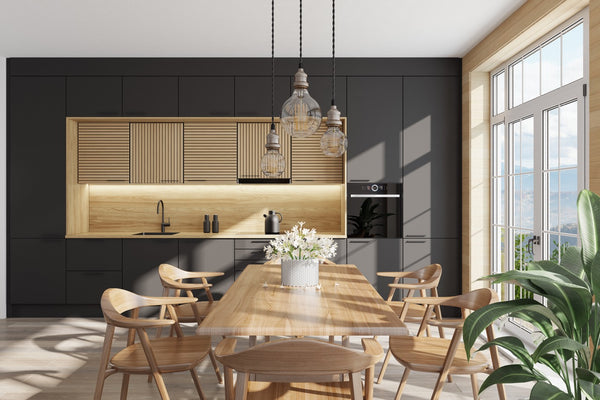
17 Foundational principals in Kitchen design
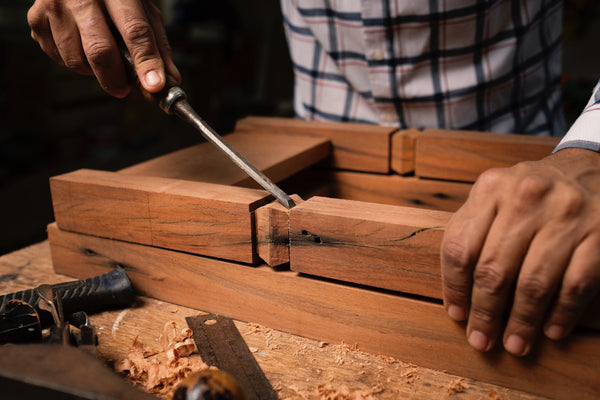
23 Things I Wish I Would Have Known as an Amateur Woodworker
Woodworking is a rewarding hobby, but it is not without its difficulties. We at Open Door Furniture have compiled a list of 23 things you need to know if you're just beginning your journey in woodworking. We hope that you can learn from some of our (and many others) early mistakes and flourish in your own ambitions as woodworkers.
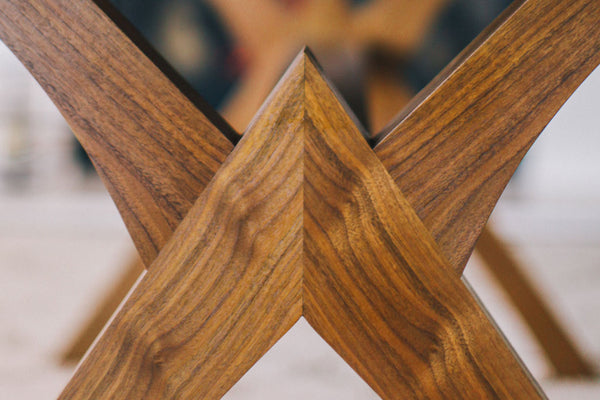


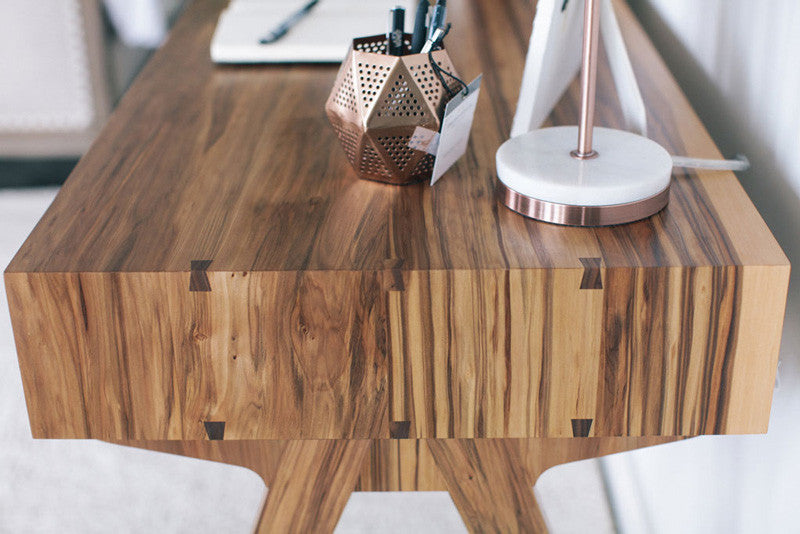






Andrew DePalma
Author
Andrew is the Owner of Open Door Furniture. He is passionate about building pieces of furniture that people love to see every day and can be enjoyed for generations.